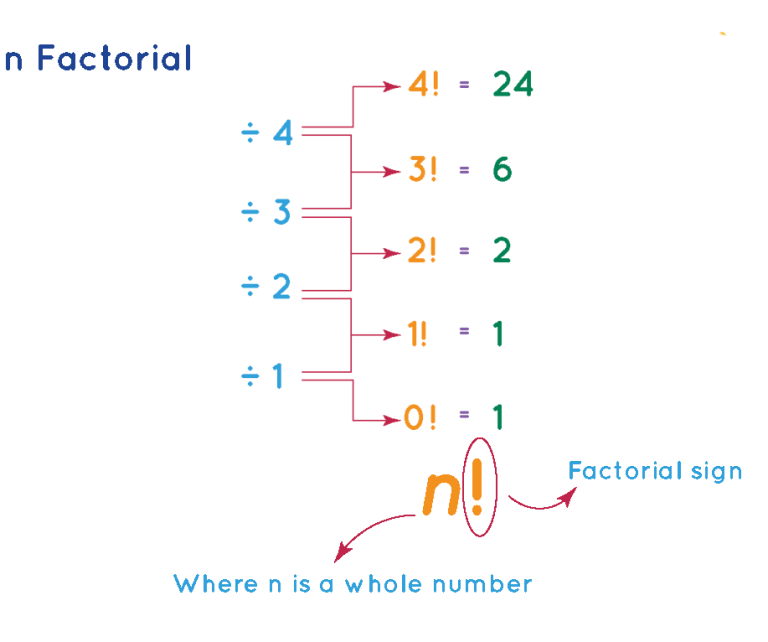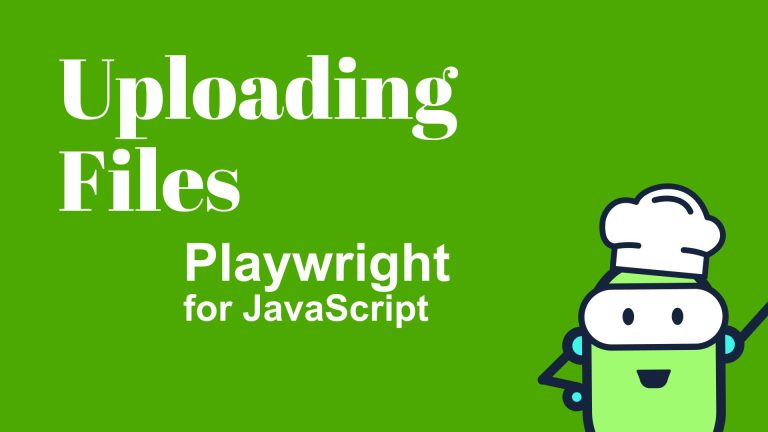Introduction
Floating point numbers are a fundamental data type in programming used to represent decimal numbers with fractional parts. They are commonly used in various programming languages to perform calculations involving real numbers. In this article, we will explore the definition and usage of floating point numbers, including their representation, limitations, and best practices for working with them.

Understanding Floating Point Representation
Floating point numbers are represented using a fixed number of bits in computer memory. The most commonly used standard for representing floating point numbers is the IEEE 754 standard, which defines formats for single-precision (32 bits) and double-precision (64 bits) floating point numbers. The representation consists of three components: the sign, the exponent, and the significand (also known as the mantissa). The sign indicates whether the number is positive or negative, the exponent determines the scale of the number, and the significand represents the precise value of the fractional part.
Limitations of Floating Point Numbers
While floating point numbers are widely used and versatile, they have certain limitations that programmers should be aware of. One of the main limitations is the potential for rounding errors and precision loss. Due to the finite number of bits used to represent floating point numbers, some decimal numbers cannot be represented exactly, leading to small discrepancies in calculations. This phenomenon is known as floating point arithmetic error or floating point rounding error. It’s important to consider these limitations when working with floating point numbers to avoid unexpected results or inaccuracies in calculations.
Best Practices for Working with Floating Point Numbers
To minimize the impact of floating point arithmetic errors, it is recommended to follow these best practices:
- Avoid equality comparisons: Due to rounding errors, comparing floating point numbers for equality can lead to unexpected results. Instead, use a tolerance threshold when comparing two floating point numbers to check if they are approximately equal.
- Be cautious with cumulative operations: Performing multiple arithmetic operations on floating point numbers can accumulate rounding errors. Consider reordering the operations or using compensatory algorithms to mitigate this issue.
- Use appropriate data types: Different programming languages offer different data types for representing decimal numbers. Choose the appropriate data type based on the required precision and range of values. For example, some languages provide decimal or fixed-point data types that offer more precise representations for financial calculations.
- Avoid unnecessary conversions: Converting between floating point and integer types can introduce additional rounding errors. Minimize unnecessary conversions and perform them only when absolutely necessary.
Workarounds and Alternative Approaches
In some cases, where precise decimal calculations are required, using alternative approaches may be more suitable than floating point numbers. One option is to use arbitrary-precision libraries or data types that offer higher precision and better control over decimal calculations. Another approach is to perform calculations using integers by scaling the numbers and tracking the decimal places separately. This approach eliminates rounding errors but requires additional logic to handle the scaling and decimal point operations.

Conclusion
Floating point numbers are a fundamental data type for representing decimal numbers with fractional parts. Understanding their representation, limitations, and best practices for working with them is essential for accurate and reliable calculations. While floating point arithmetic errors are inherent to their representation, following best practices and considering alternative approaches can help minimize their impact. By being mindful of these considerations, programmers can effectively use floating point numbers in their applications while maintaining precision and accuracy.

Hi all, my name is Angelika and I am one of the authors of the EasyTechh website. Like the rest of our team I am incredibly ambitious and I love helping people.
That’s why I write here and not only here 😉 I write interesting and useful for people articles in the IT sphere and a little bit about life.
Enjoy reading.








+ There are no comments
Add yours